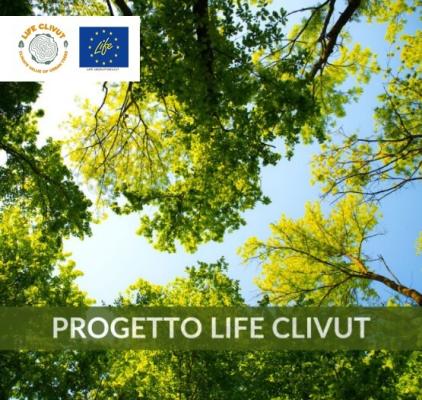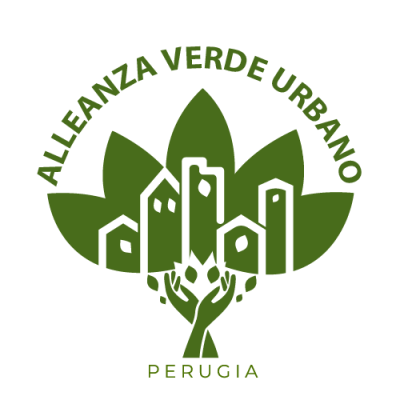- Email : info@lifeclivut.eu
News & Events
BINGE WATCHING AND TREES, WHAT DO THEY HAVE IN COMMON?
Every small action we do in our daily lives impacts the environment, including this post or streaming the last episode of that TV series we like so much.
A 2021 US study by Obringer et al. analysed the environmental impacts generated by one hour of streaming on the most common streaming platforms and those generated using the main social networks and messaging apps in different countries, including Italy. For example, according to the Italian energy mix, the carbon footprint generated by Netflix’s electricity consumption of Data Center and Data transmission can vary from 20,8 g of CO2 equivalent to 419.4 g of CO2 equivalent. So, on average, a 3 GB/h streaming quality generates an impact of 220 g of CO2 eq for every hour of vision.
So, what could we do to offset our emissions? First, take care of the green heritage we already have in our cities, and then carefully choose which trees to plant in our garden!
For example, if we wanted to offset the emissions of the last rewatch of Breaking Bad that awaits us for the Easter holidays, we would need a whole year of CO2 sequestration by a Privet (Ligustrum japonicum) planted in our garden, while a single month would be enough for a Hackberry tree (Celtis australis) in the near-home park! Do you want to discover all the ecosystem benefits the trees around you can provide? This is very simple with the Clivut web app! Go to Life Clivut (treedb.eu), sign up for free and discover the environmental performance of public trees in your area (if you are part of one of the pilot cities), or enter the information about your garden trees to calculate their benefits.
The LIFE CLIVUT project for the ecosystem value of urban trees (LIFE18 GIC/IT/001217) is funded by the LIFE Programme of the European Union. For more information, visit LIFE CLIVUT.


*Average value calculated between the best- and worst-case scenario of Obringer et al. 2021, https://doi.org/10.1016/j.resconrec.2020.105389.
Other sources: https://doi.org/10.3390/su14042195
**values for a tree of about 30 years
Click here for download
























